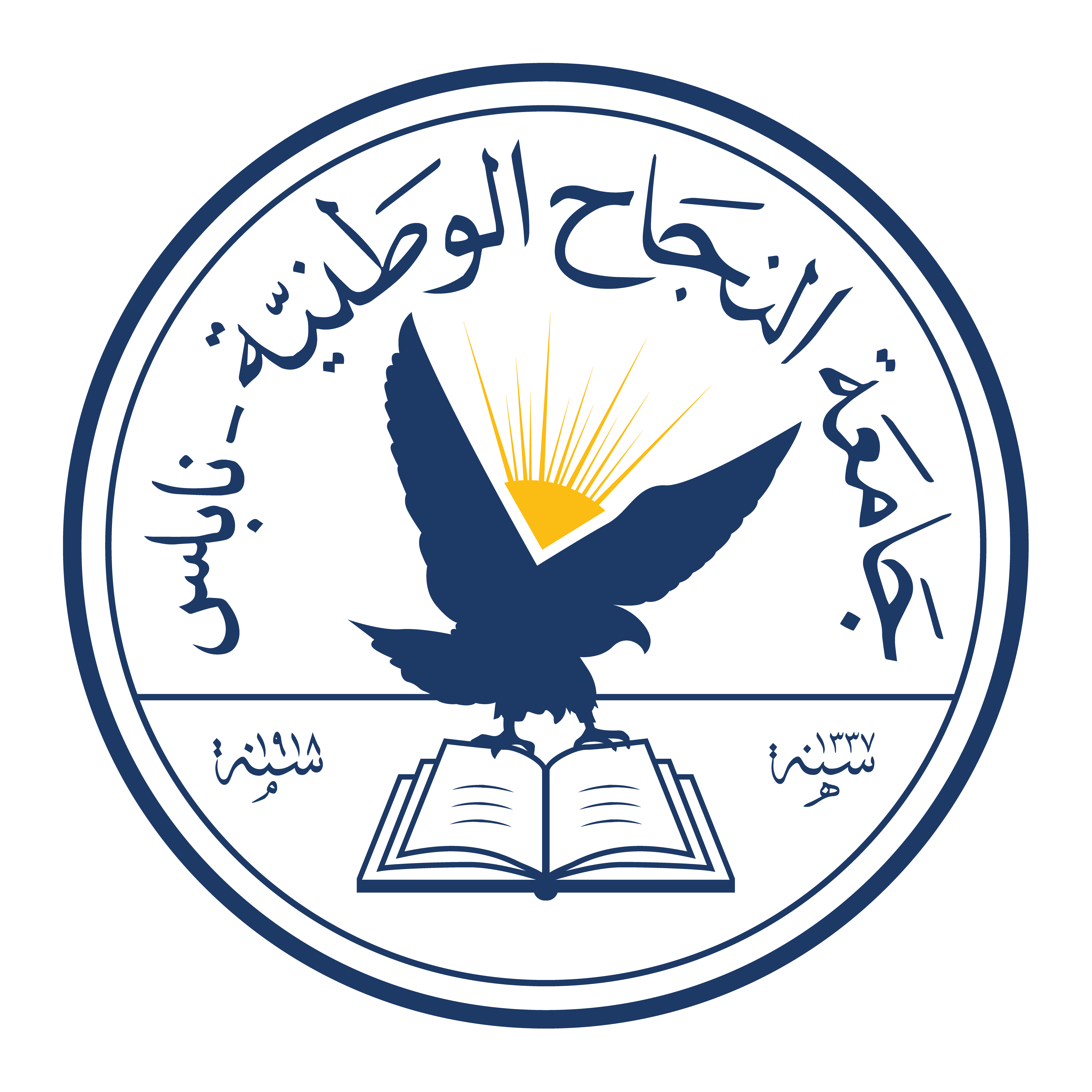
DOI
10.35552/0247.37.11.2122
Abstract
With the rise of critical theories and legal regulations that criminalize racism and accentuate tolerant and liberal values, racist discourses turned to be articulated indirectly (Essed, 1990; van Dijk & Wodak, 2000; Wodak, 2008), and a neo-racist discourse replaced classical racism to be ostensibly respectable and democratic with reference to cultural, rather than racial, difference (Barker 1981; Jayasuriya, 2002; van Dijk, 1997, 2000). However, a blatant and essentialist racist discourse has found its way back to the public sphere in light of the Russia-Ukraine war. Racist remarks have been documented in different types of texts directed to the masses. Therefore, this paper investigates the discursive strategies through which classical racism normalizes its reappearance in a supposedly liberal and democratic political environment. To achieve its objectives, the study adopts the Discourse-Historical Approach (Wodak, 2008) to analyse 18 texts of politicians and media reporters and commentators that include racist and discriminatory remarks in justifying the classification of refugees into 'like us' and 'different' categories. The study finds that the racist discourse uses special rhetoric in order to adapt to the current socio-political realities by combining classical elements of racism, including those of culture, race, and religion, with spatial proximity. The result is that the close White Christian Europeans are the only social actors who belong in the in- (superior) group.
Recommended Citation
Qawariq, Rami and Estetieh, Haneen
(2023)
"The Revival of the Classical Racist Discourse in Europe: A Critical Discursive Analysis of Racism in the Context of Russia-Ukraine War,"
An-Najah University Journal for Research - B (Humanities): Vol. 37:
Iss.
11, Article 6.
DOI: 10.35552/0247.37.11.2122
Available at:
https://digitalcommons.aaru.edu.jo/anujr_b/vol37/iss11/6

